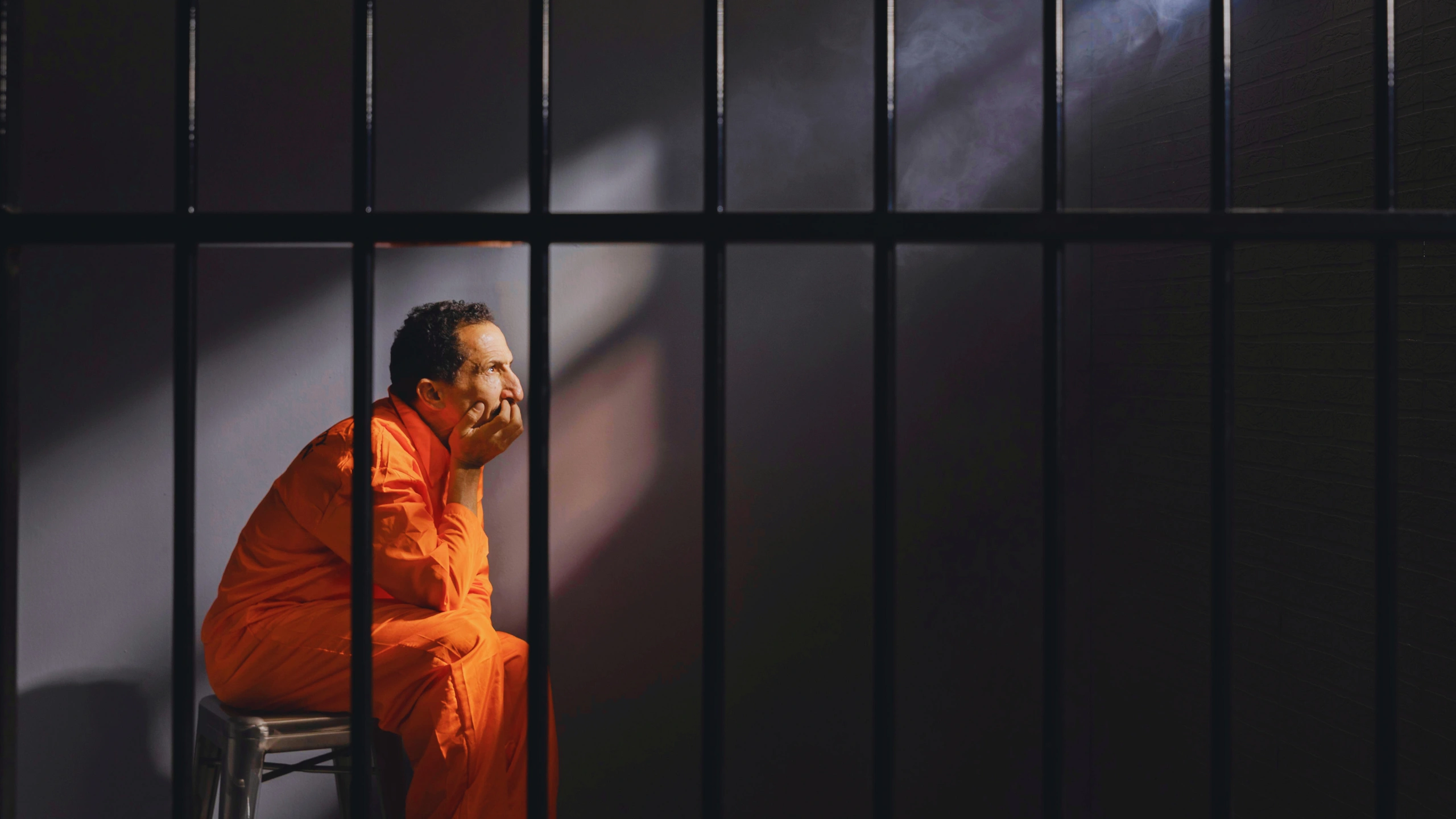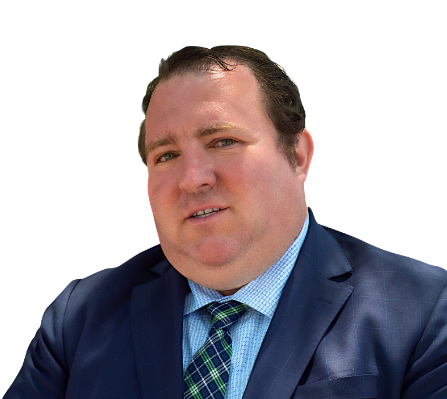WHAT IS A PROLONGED DETENTION CLAIM

There are a number of lawsuits, an innocent person can bring if they were wrongfully arrested and incarcerated. This blog provides a legal analysis of an often overlooked cause of action for prolonged detention. While most lawyers are familiar with false arrest claims and malicious prosecution claims, the prolonged detention claim is often overlooked and is under utilized.
WHAT IS A PROLONGED DETENTION CLAIM
The prolonged detention claim arises when an innocent person remains in jail, while being held on bail, while the police have information that demonstrates that the person is innocent and they withhold or fail to timely disclose that information to the prosecutor. Unlike a Brady claim which applies when there was a conviction and the police suppressed evidence that had a probability of a different trial result, the prolonged detention claim arises where the person was acquitted, but spent time in jail as a result of a pre-trial detention. The crux of a pre-trial detention or prolonged detention claim is that the police sat on evidence, which if disclosed earlier, would have lead to the realization that the accused was in fact innocent, and consequently, they would have been released earlier.
In Russo v. City of Bridgeport,, the Second Circuit Court of Appeals first recognized that a wrongfully accused person could sue officers for prolonged detention where a reasonable jury could find that the Defendant actively hid the exculpatory evidence, which resulted in the Plaintiff’s prolonged incarceration. Russo v. City of Bridgeport, 479 F.3d 196, 210 (2007). The constitutional violation which was recognized in Russo, was the defendant-officers’ failure to turn the footage over to prosecutors, which prevented them from discharging their own duty to disclose it, was akin to breach of their Brady obligations. Newson v. City of New York, 2019 U.S. Dist. LEXIS 143835, *12-13 (E.D.N.Y. 2019). Brady suppression can occur even when the government fails to turn over evidence that is known only to police investigators and not to the prosecutor, and the police therefore are under a duty to disclose exculpatory information to the prosecutor. Newson; Youngblood v. West Virginia, 547 U.S. 867, 869-870, 126 S. Ct. 2188 (2006) and Hauptmann v. Wilentz, 570 F.Supp. 351 (D.N.J. 1983), aff’d, 770 F.2d 1070 (3d Cir. 1985). In Russo, the police failed to dislose a video of a robbery, which showed that the person who committed the robbery had tattoos, unlike the innocent person who sat in jail accused of the crime. Since Russo, the Courts have recognized the elements of a prolonged detention cause of action are that the accused was (i) was wrongfully incarcerated for an unreasonable length of time; (ii) the defendant-officer, by expending reasonable cost and effort, could have conclusively established the plaintiff’s innocence; (iii) the defendant-officer failed to do so; and (iv) the defendant-officer acted with a culpable mental state—i.e., with intent to unlawfully detain the plaintiff or deliberate indifference to his constitutional rights.” Gallimore v. Feliciano, 2015 U.S. Dist. LEXIS 80379, *24. In Gallimore, the Federal Court for the Southern District of New York found that our New York City (NYC) and Westchester wrongful arrest attorneys established a prolonged detention claim, where the police suppressed a video, showing that the perpetrator of a robbery was several inches shorter than our client, and they failed to disclose that they had our client’s phone, and were aware of cell phone pings showing that he was not even in the City where the robbery occurred, at the time of the robbery.
One of the elements of prolonged detention cause of action, which is based upon the Due Process clause is that the officer’s conduct shocks the conscience. The Courts have recognized that the intentional suppression of exculpatory evidence shocks the conscience. Newson v. City of New York, 2019 U.S. Dist. LEXIS 143835, *15-16 (E.D.N.Y. 2019). An official’s behavior shocks the conscience within the meaning of Russo when they act with deliberate indifference to an individual’s constitutional rights. Newson, supra, citingRusso. The standard is therefore equivalent to recklessness. SeeArroyo v. Schaefer, 548 F.2d 47, 49 (2d Cir. 1977) (defining conduct which shocks the conscience as circumstances indicating an evil intent, or recklessness, or at least deliberate indifference to the consequences of his conduct).
An important distinction between prolonged detention and false arrest and malicious prosecution claims, is that probable cause is not a defense to a prolonged dentention case. Our Westchester and NYC police misconduct lawyers won this argument in Gallimore v. Feliciano, 2015 U.S. Dist. LEXIS 80379, *23-24 (SDNY 2015), in which the Court recognized that even where there is probable cause to arrest a person, it does not empower the government to hold an accused indefinitely in the face of repeated protests of innocence,
IS THERE A MINIMUM AMOUNT OF INCARCERATION REQUIRED FOR PROLONGED DETENTION CLAIM
There is no birght line rule and the Courts have not yet defined a minimum amount of detention that qualifies. However, jurisprudence has found viable claims, for prolonged detention for as little as four days. Gonzalez v. New York City, 2016 U.S. Dist. LEXIS 177820, *13-14 (S.D.N.Y. 2016).
WHAT IS THE STATUTE OF LIMITATIONS FOR A PROLONGED DETENTION CLAIM
The general statue of limitations for a prolonged detention claim is three years for cases arising in New York. (42 U.S.C. 1983 adopts state statute of limitations for analagous torts). Equally important to the length of time a victim of police misconduct has to bring a lawsuit, is the question of when that time begins to run. The time when a staute of limitations begins to run, is known as when the cause of action accrues. Our New York City wrongful arrest lawyers know that an important concept in police misconduct cases is when does the cause of action accrue, in other words, when does the three years begin to run.
The statuteoflimitations is an affirmative defense, and the burden is on the defendant to establish when a federal claim accrues. Gonzalez v. Hasty, 651 F.3d 318, 322 (2d Cir. 2011); Ying Li v. City of New York, 246 F. Supp. 3d 578, 630 (E.D.N.Y. 2017). The “standard rule” is that accrual occurs when the plaintiff has a complete and present cause of action, that is, when the plaintiff can file suit and obtain relief. Wallace v. Kato, 549 U.S. 384, 127 S.Ct. 1091, 1095 (2007); quoting Bay Area Laundry and Dry Cleaning Pension Trust Fund v. Ferbar Corp., 522 U.S. 192, 201, 118 S. Ct. 542 (1997); Wilson v. City of New York, 2008 U.S. Dist. LEXIS 35461, *13 (E.D.N.Y. 2008). Although courts look to state law for the length of the limitations period, the time at which a §1983 claim accrues “is a question of federal law,” “conforming in general to common-law tort principles.” McDonough v. Smith, 139 S. Ct. 2149, 2155 (2019); Wallace v. Kato, 549 U. S. 384, 388, 127 S. Ct. 1091, 166 L. Ed. 2d 973 (2007). As in McDonough, a Russo claim has the same practical considerations as a fair trial claim, that ha led judicial precedent to defer accrual of claims that would otherwise constitute an untenable collateral attack on a criminal judgment or pending prosecution. See McDonough, 139 S. Ct. at 2155. These concerns track “similar concerns for finality and consistency” that have motivated Courts to refrain from multiplying avenues for collateral attack on criminal judgments through civil tort vehicles such as 42 U.S.C. 1983. Where, for example, a particular claim may not realistically be brought while a violation is ongoing, such a claim may accrue at a later date. McDonough, 139 S. Ct. at 2155. This accrual rule, which the Courts have recognized for both malicious prosecution and fair trial claims, is rooted in pragmatic concerns with avoiding parallel criminal and civil litigation over the same subject matter and the related possibility of conflicting civil and criminal judgments, and likewise avoids allowing collateral attacks on criminal judgments through civil litigation. See Heck v. Humphrey, 512 U. S. 477, 484-485, 114 S. Ct. 2364 (1994); McDonough, 139 S. Ct. at 2155. In McDonough, the Court reasoned that because a civil claim, asserting that fabricated evidence was used to pursue a criminal judgment, implicates the same concerns, it makes sense to adopt the same rule. McDonough, 139 S. Ct. at 2157. Obviously a civil claim asserting that an incarceration, during a prosecution was achieved through the suppression of clearly exculpatory evidence, necessarily would impugn a pending criminal prosecution, therefore, the same accrual rule should apply.
The same considerations apply equally to suppressed exculpatory evidence, as with fabricated evidence, because, the two claims often go hand in hand, since the fabrication of evidence and the simultaneous suppression of exculpatory evidence, combine to work an injustice, and further shock the conscience. In fact, the Heck analysis is even stronger in the context of a Russo claim, because in Heck, the Plaintiff, who was serving a 15 year sentence and had a pending appeal, filed suit under § 1983, alleging that his incarceration was caused by the Defendant’s knowingly destruction of exculpatory evidence which could have proved his innocence. Heck v. Humphrey, 512 U.S. 477, 479 (1994). However, the Court held that the Plaintiff in Heck, could not pursue his civil remedies because to allow him to do so, would necessarily demonstrate the invalidity of the conviction. Heck, 512 U.S. at 481. In order to recover damages for allegedly unconstitutional conviction or imprisonment, or for other harm caused by actions whose unlawfulness would render a conviction or sentence invalid, the matter must be resolved in the Plaintiff’s favor. Id.
If you were held in jail for a crime you did not commit and the police sat on exculpatory evidence, call our New York City police misconduct lawyers or our Westchester false arrest lawyers today to discuss your case.
